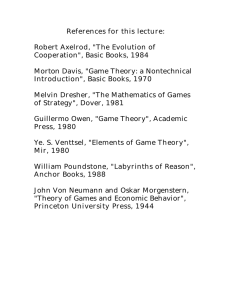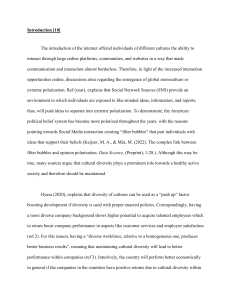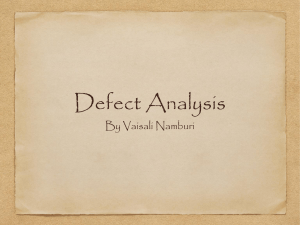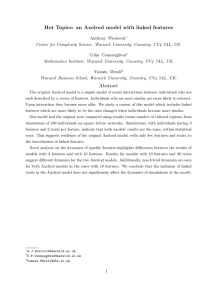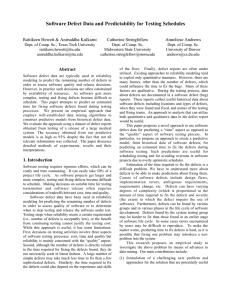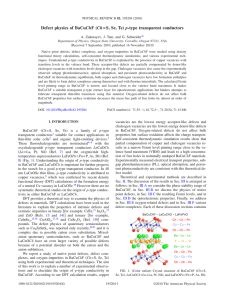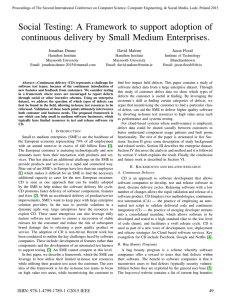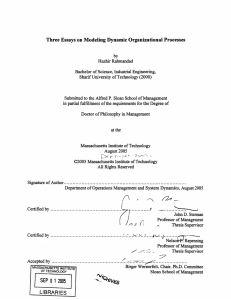MEI Conference 2009 Interactive workshops The prisoner’s dilemma
advertisement
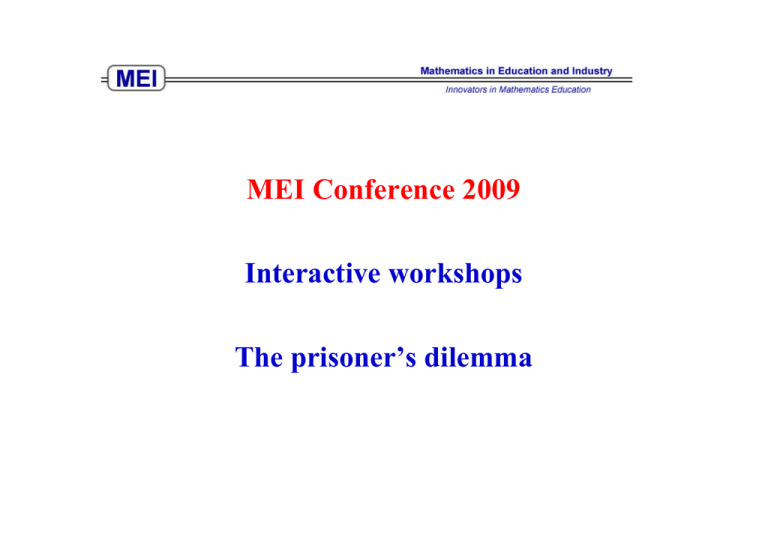
MEI Conference 2009 Interactive workshops The prisoner’s dilemma World War 1 The situation • There are two parties; they may well be rivals • They can nonetheless co-operate • At any time one or both may stop cooperating and defect Other examples A model Side 2 cooperates Side 2 defects Side 1 cooperates CC CD Side 2 defects DC DD Scoring system CC DD DC CD 3 1 5 0 3 1 0 5 Scoring system CC DD DC CD 1 -1 3 -2 1 -1 -2 3 Questions • What is a good strategy for the game ? • What can the game tell us about human behaviour ? Axelrod’s experiments • • • • Axelrod ran two competitions for the best strategy Entrants were from around the world. They submitted computer programs. There were 14 first time and 62 next time Each played the other 5 times over 200 rounds In both experiments Tit-for-tat was the winner Successful strategies • • • • They are nice; they never defect first They always retaliate when the other side defects They are forgiving returning quickly to cooperation They are non-envious seeking their own benefit rather than harming the other party Evolution of behaviour • • • • • The different Rules in Axelrod’s experiment could be taken to be types of human behaviour. Initially all Rules are equally represented. The whole experiment is run for 1000 rounds Each round of the experiment is a generation and the numbers for each Rule at each generation are in proportion to the previous score. Some Rules die out and others become dominant and influence our system of values. Evolution of behaviour
